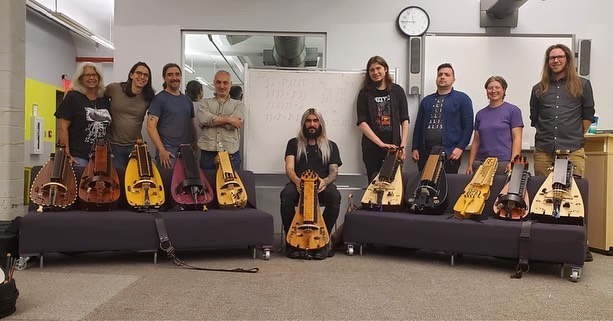Sergio González Prats
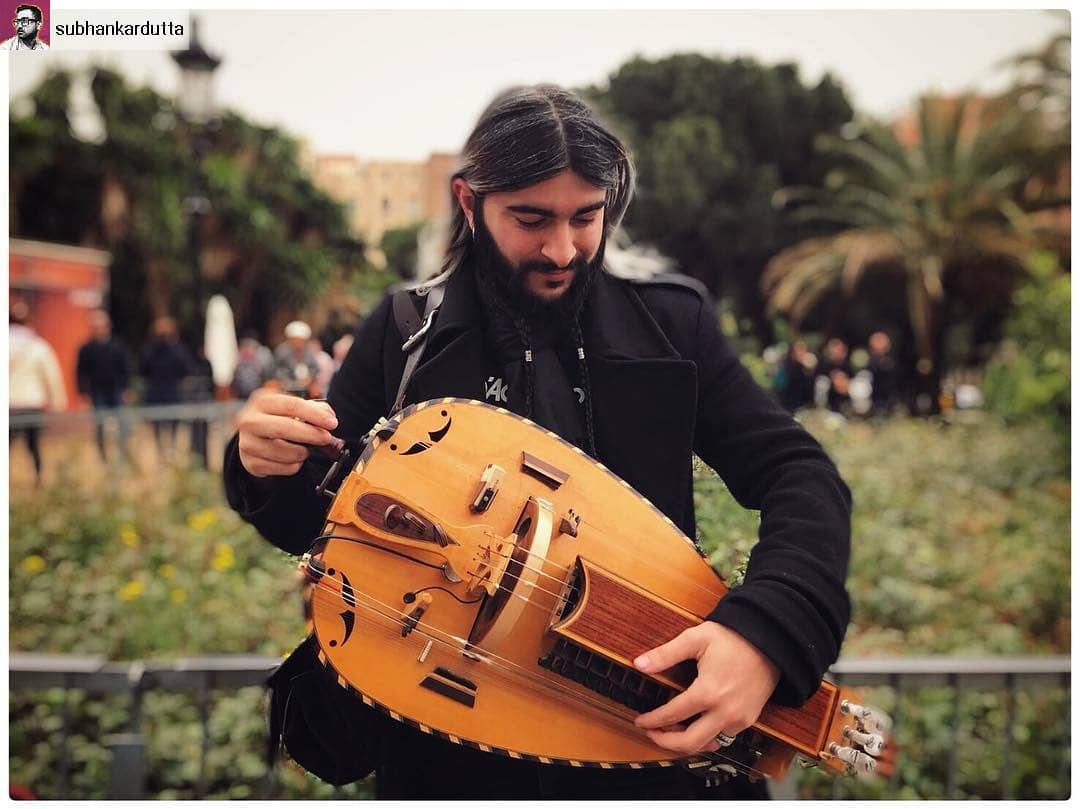
How did Sergio Gonzalez Prats discover the Viola de Roda?
When Sergio González Prats was six years old, he discovered the hurdy-gurdy (Viola de Roda) for the first time in a small church in Cañete, Cuenca, Spain. The unique sound of the instrument captivated him during a concert of
“Las Cantigas de Santa Maria“, and he became determined to learn more about it. Although he didn’t know the identity of the player or where to find another performance, the experience sparked a lifelong love for medieval music in Sergio. Many years later, he would rediscover the hurdy-gurdy, through the work of Efrén Lopez, but that first encounter would always hold a special place in his heart as a pivotal moment in his musical journey.
Hurdy-Gurdy in Pagan Folk
As a professional musician, Sergio Gonzalez Prats quickly made a name for himself in the pagan folk music scene and began playing at larger festivals early on in his career. He was soon invited to play at prestigious events such as Castlefest in the Netherlands and Mittelalterlich Phantasie Spectaculum (MPS) in Germany, where he shared the stage with notable artists like Faun and Corvus Corax, after years of intensive touring in Europe, he decides to focus in other styles.
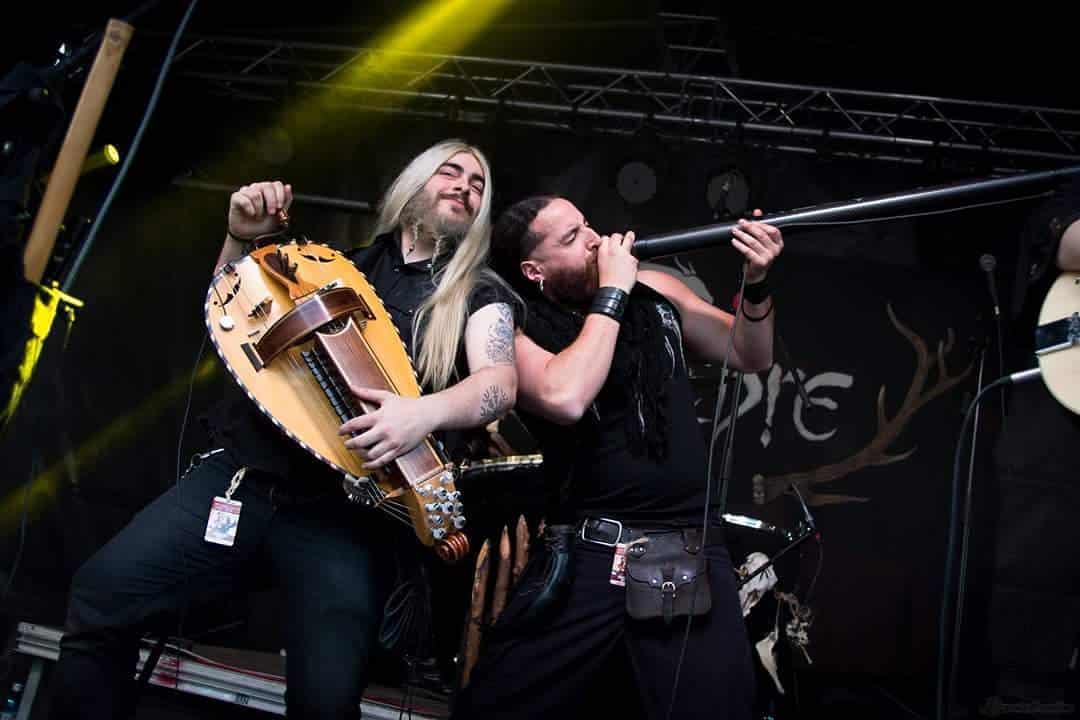
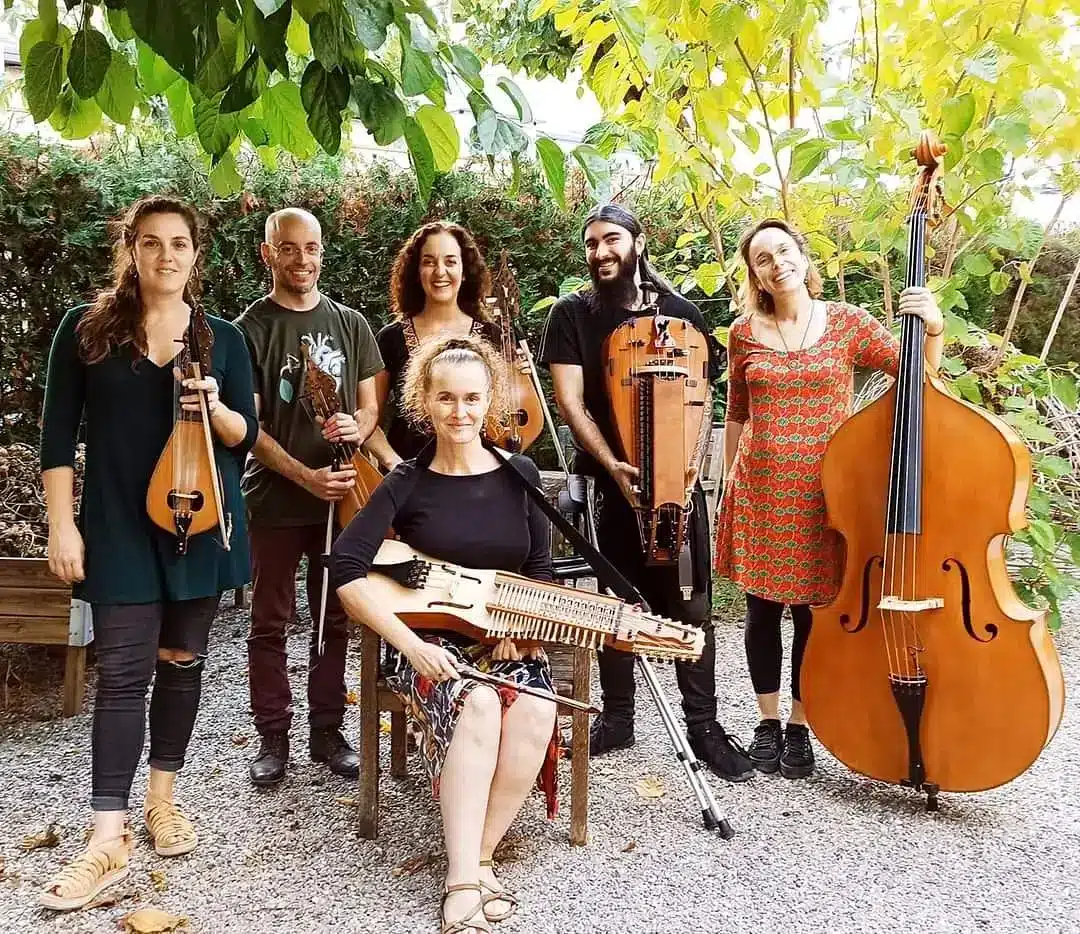
Viola de Roda in Mediterranean Music
Sergio was always in love with the traditional music of different regions, so he tried to fusion the hurdy-gurdy tradition with the language of the cretan lyra, taking lessons with Kelly Thoma, developing ways to imitate her bow techniques and ornamentation.
Overall, Sergio’s decision to take Cretan lyra lessons using the hurdy-gurdy is a testament to his creativity, dedication, and willingness to take risks in pursuit of his musical goals. His innovative approach to music and his willingness to explore new sounds and techniques helped to push the boundaries of traditional music.
Hurdy-Gurdy in Medieval & Renaissance
Sergio’s love for early music and historical sources is a significant aspect of his dedication music. Despite the lack of hurdy-gurdy instruction in conservatoires, Sergio delved deep into the early music archives, studying historical texts and manuscripts to uncover the hurdy-gurdy’s role in early music. His devotion to understanding the instrument’s place in history and how it has evolved over time has enabled him to collaborate with some early music ensembles focusing both in Medieval and Renaissance music.
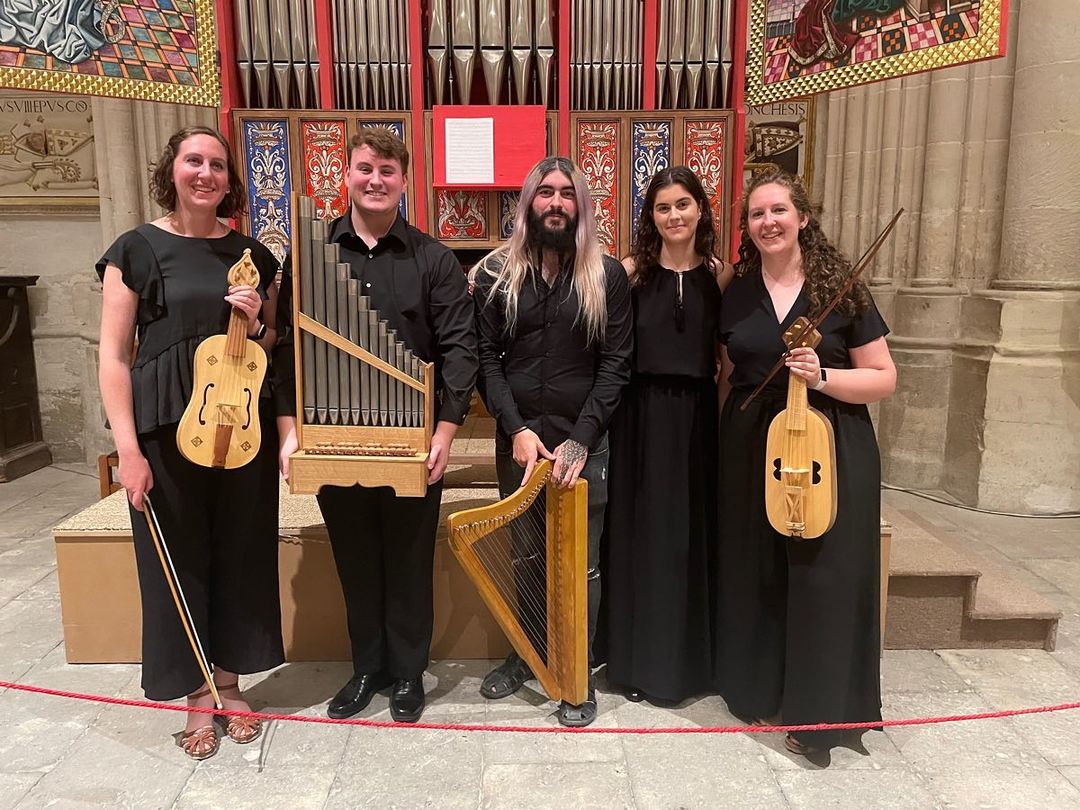
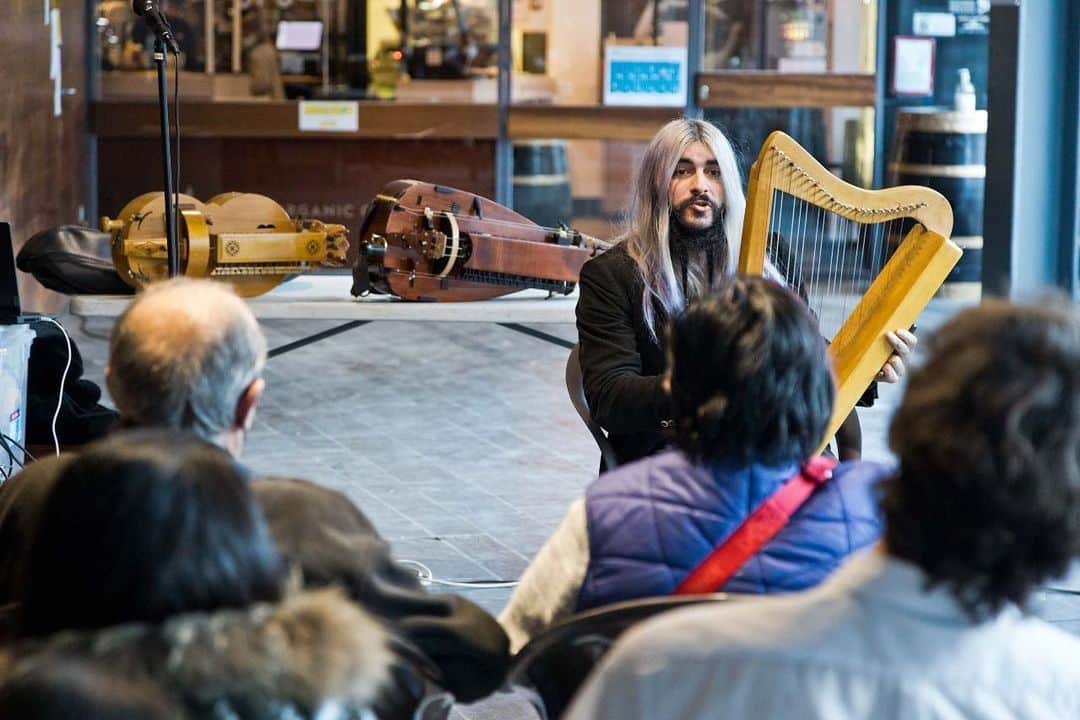
Talks & Comferences
To address the issue of gurdies beeing undervalued in conservatoire settings, Sergio took it upon himself to bring the hurdy-gurdy to them, giving talks and demonstrations in the institutions, to showcase the instrument’s versatility and potential.
Through his efforts, Sergio was able to generate interest in the hurdy-gurdy among professional musicians and conservatoire students. He’s helping to establish the instrument as a valid and respected part of early music.
Hurdy Gurdy Methode
Certainly! In addition to his work as a performer and teacher, Sergio Gonzalez is also in the process of developing a method for learning the Hurdy Gurdy. His upcoming book will provide a comprehensive guide for aspiring players of all levels, covering everything from basic techniques to advanced musical concepts.
Sergio’s method will draw on his years of experience as a performer and teacher, as well as his deep knowledge of the historical and cultural contexts of the instrument. His goal is to make the Viola de Roda/Hurdy Gurdy more accessible to a wider audience, and to ensure that its rich tradition is preserved and celebrated for generations to come.
